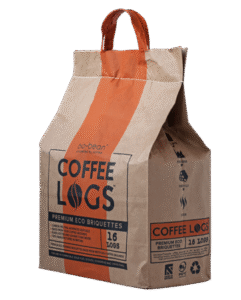Home » Custom Packaging: Understanding Customer Buying Behavior
Custom Packaging: Understanding Customer Buying Behavior
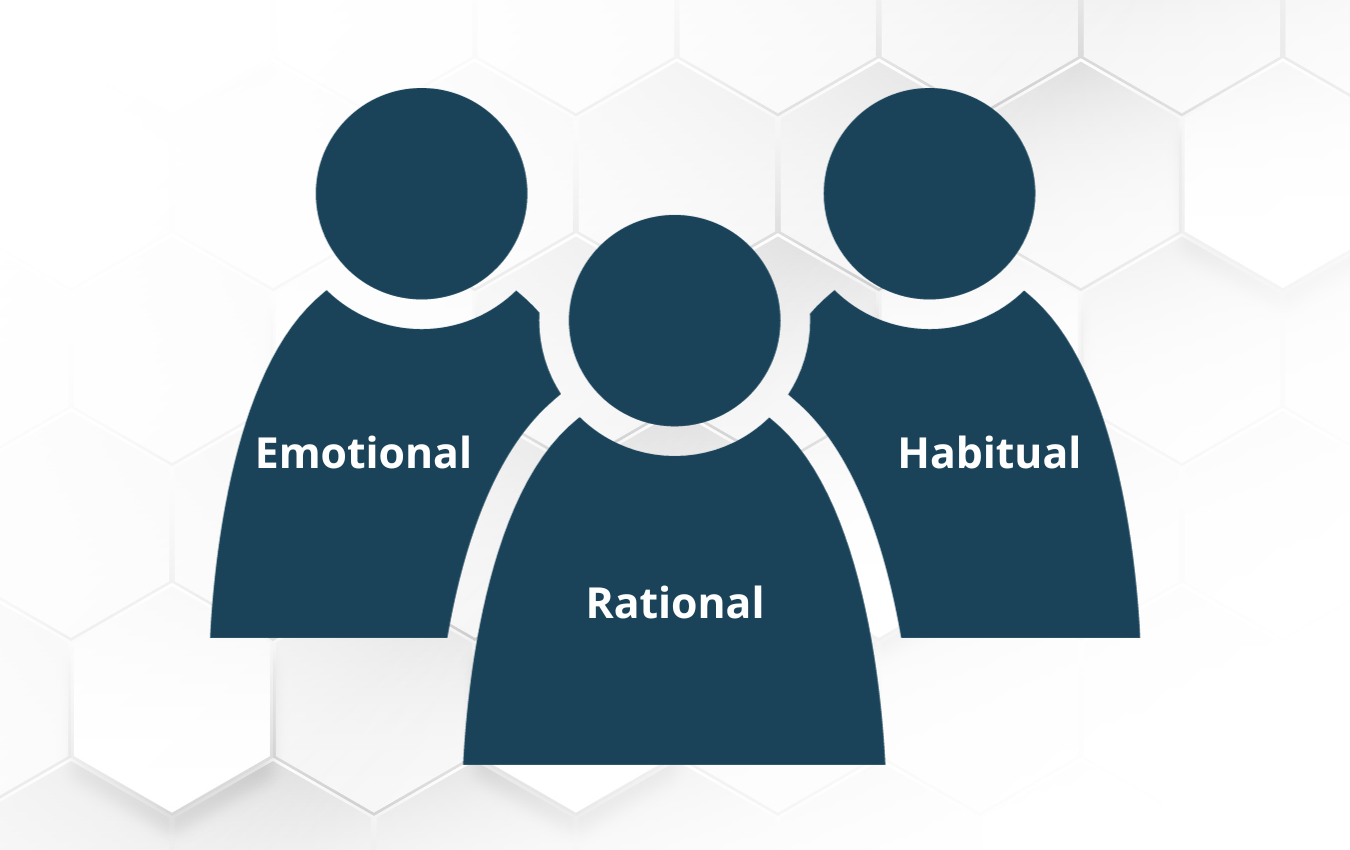
In the competitive business landscape of today, custom packaging has emerged as a powerful tool to not only protect products but also make a lasting impression on customers. However, creating custom packaging that resonates with your target audience requires a deep understanding of their buying behavior. Customer buying behavior can be categorized into three main aspects: emotional, habitual, and rational. In this blog, we will explore how a company looking for custom packaging should consider these factors to design packaging that captivates and engages customers effectively.
Emotional Buying Behavior
Emotional buying behavior is deeply rooted in the customer’s feelings and desires. It revolves around the emotional connection a customer forms with a product or brand. When designing custom packaging with emotional buying behavior in mind, consider the following:
Brand Storytelling: Your packaging should tell a compelling story about your brand. Use colors, images, and text that evoke emotions associated with your product. For example, if your product is eco-friendly, use earthy tones and images of nature to connect with environmentally conscious customers emotionally.
Aesthetic Appeal: Visual aesthetics play a crucial role in emotional buying behavior. Ensure that your packaging design is visually appealing and aligns with your brand’s personality. If your brand is playful, use vibrant colors and whimsical designs. For a luxury brand, opt for minimalist, sophisticated packaging.
Personalization: Personalization can create a sense of exclusivity and connection. Consider adding personal touches like the customer’s name or a personalized thank-you note. This makes customers feel valued and appreciated.
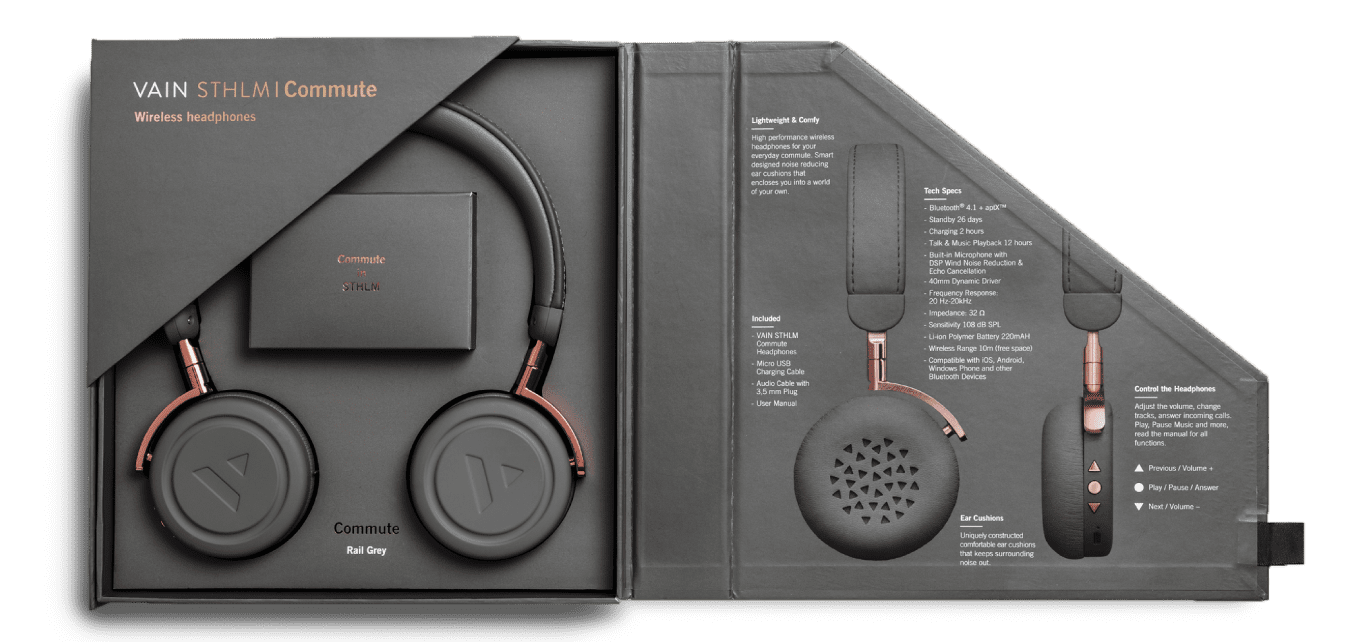
Habitual Buying Behavior
Habitual buying behavior is characterized by routine purchases where customers buy the same products repeatedly. Packaging design can influence habitual buying behavior in several ways:
Consistency: Maintain a consistent packaging design to make it easily recognizable. This consistency reinforces the habit of purchasing your product. Ensure that the color scheme, logo placement, and overall design remain the same over time.
Packaging Practicality: Packaging should be practical and easy to open, ensuring a seamless experience for customers. If your packaging is too complicated, customers may switch to a more convenient option.
Iconic Elements: Incorporate iconic elements into your packaging design that become synonymous with your brand. Think of the iconic Coca-Cola bottle or the distinctive shape of a Toblerone chocolate bar. These elements trigger habitual buying behavior.
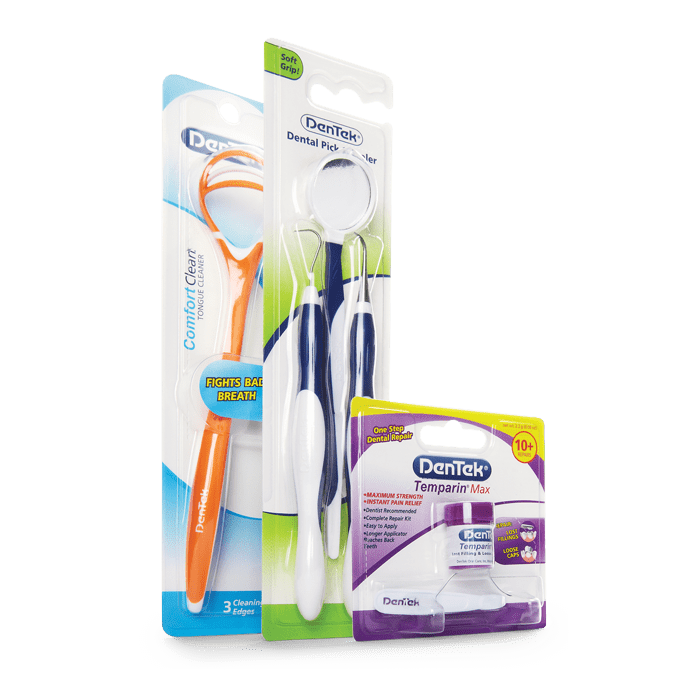
Rational Buying Behavior
Rational buying behavior is based on logic, practicality, and the customer’s evaluation of product features. To cater to customers with rational buying behavior, consider the following:
Information Clarity: Ensure that your packaging provides clear and concise information about the product. Include key details like ingredients, usage instructions, and benefits. Use easy-to-read fonts and organize information logically.
Eco-Friendliness: Today’s consumers are increasingly environmentally conscious. Consider using eco-friendly materials and clearly highlighting this on your packaging. Rational buyers often appreciate brands that align with their values.
Packaging Size and Functionality: Rational buyers assess packaging size and functionality. If your product is sold in various quantities or sizes, ensure the packaging accommodates these options efficiently. Avoid excessive waste in packaging materials.
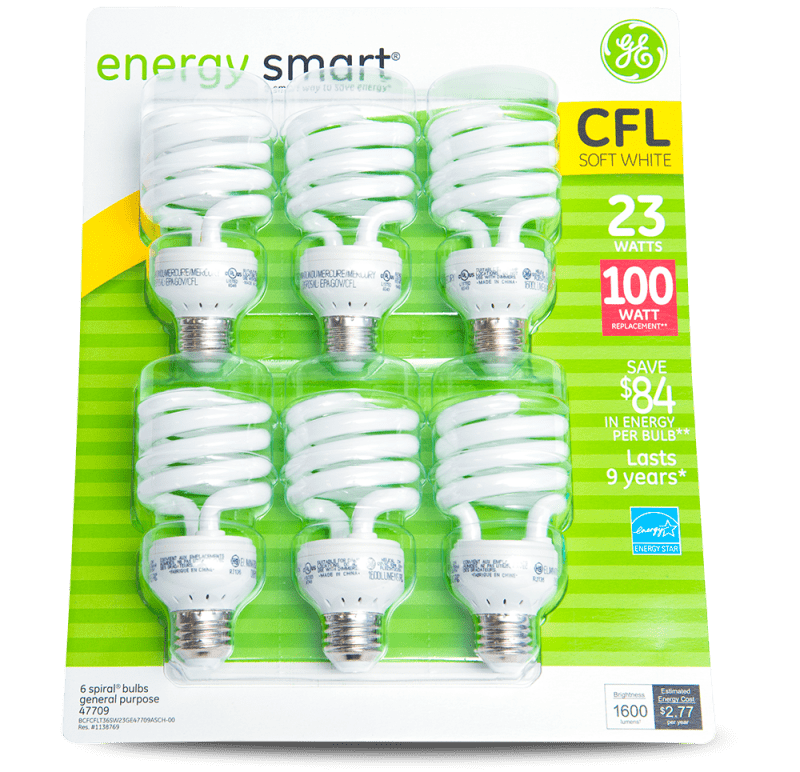
If you are interested in custom packaging, then partner with Brown Packaging today to get started.
With new tariff proposals and continued trade uncertainty, 2026 is shaping up to be another pivotal year for packaging sourcing strategy. Many companies that shifted
Following multiple rounds of tariff changes and trade policy adjustments, 2026 marks a turning point for U.S. packaging buyers. Many who previously transitioned from China
Shifting packaging production from China to the U.S. can help stabilize costs, reduce tariff exposure, and shorten lead times. But the transition process requires careful
RSC boxes are known for their efficiency and versatility, but their performance ultimately comes down to strength. Buyers often see numbers like ECT, BCT, and
In packaging, foam isn’t just about initial protection — it’s about maintaining performance over the entire shipping or storage cycle. Compression set and recovery characteristics
Pouches are a go-to for flexibility and convenience, but they can fail in critical ways—from poor seals to punctures and delamination—that hurt performance and brand
Home » Custom Packaging: Understanding Customer Buying Behavior

As the world becomes more environmentally conscious, companies are looking for ways to reduce their impact on the planet. One of the ways that they
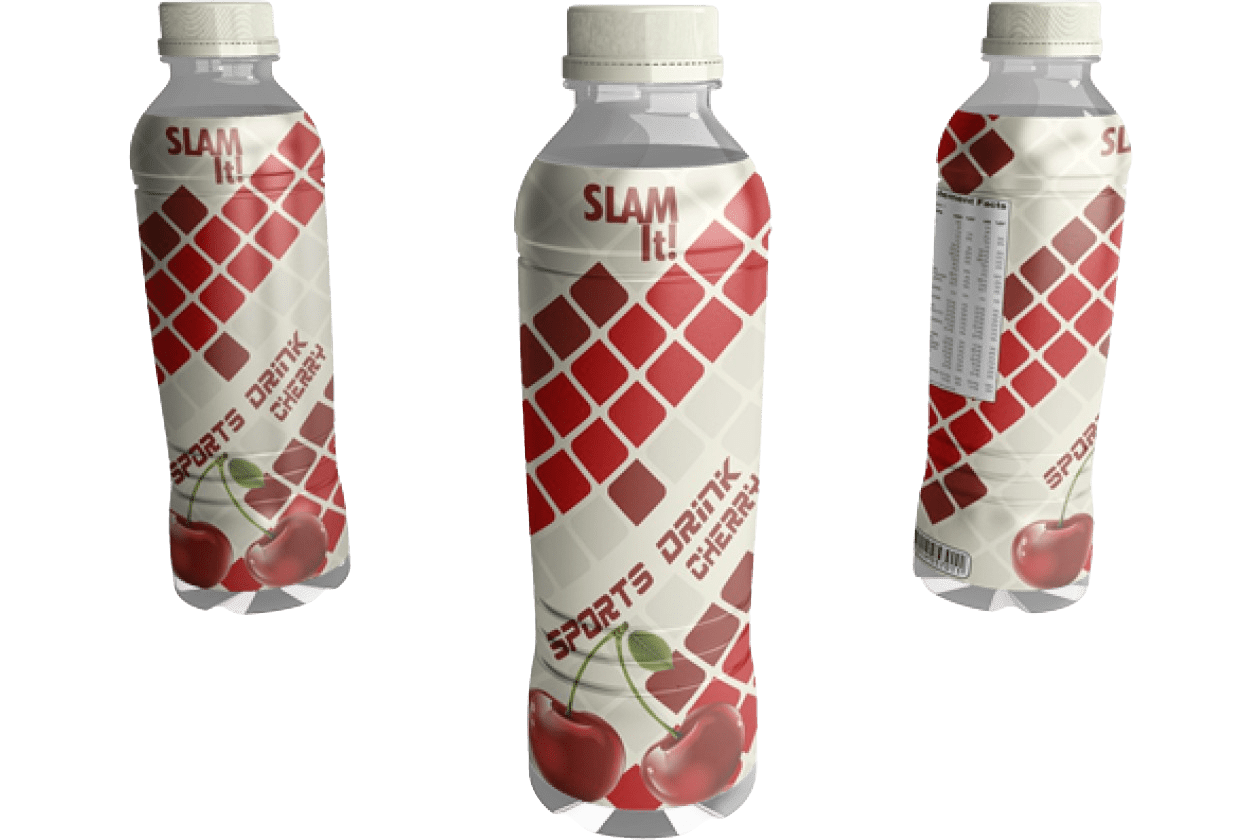
In the highly competitive world of product packaging, brands are constantly seeking innovative ways to capture the attention of consumers. One such innovation that has
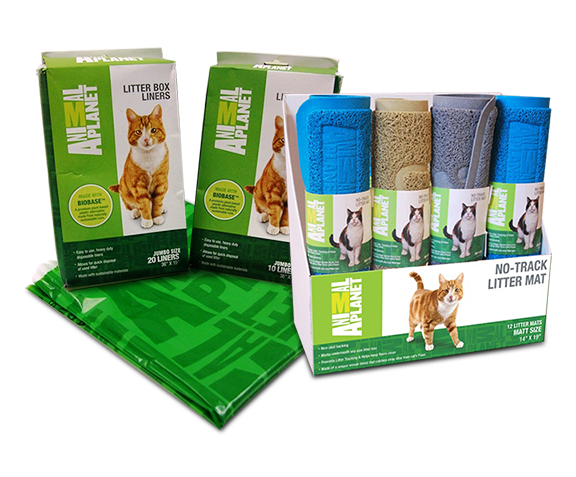
Creating impactful promotional messaging for Point of Purchase (POP) displays is vital for capturing customer interest and driving sales. This guide explores essential strategies for


